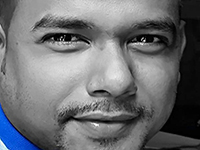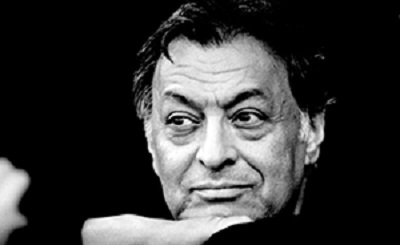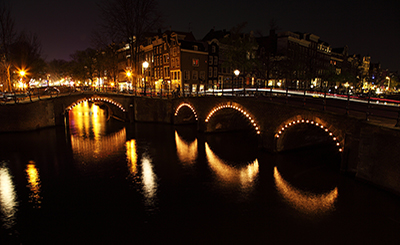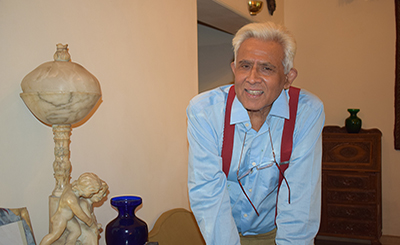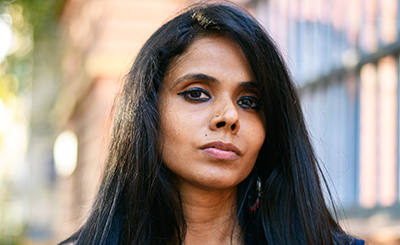
“There was a knot of tension high in his chest, something hard and coiled. It felt like a black ball stuck to the inside of his lungs.” This line within a few pages of Real Life, Brandon Taylor’s electrifying debut, which was shortlisted for the 2020 Booker Prize, strikes the reader with its imagery rooted in the real life. There are many such feelings we experience in our lives but cannot express due to the lack of appropriate lexical resources. Taylor seems to achieve this effortlessly, and impeccably.
Real Life’s narrative deals, at a time, with so many old issues, shedding new lights on, peeling the imposed truths and white lies out: the fluidity of reality in respect of space and time; the fixation of identity in terms of race and sexual orientation; and the refined understandings of loss, grief, memory and mourning. Its protagonist’s evaluation by his peers and authority through the microscope of ‘white deficiency’ and ‘gender challenges’ shows us how we live with surface morality and fractured aesthetics.
The novel is about a black and queer boy from Alabama named Wallace, who is doing PhD in biochemistry with Yngve, Cole, Vincent, Miller and Emma in an unnamed Midwestern grad school in the midst of white surroundings during a late summer week. The protagonist is going through his bruised past, filled up with sexual violence and familial loss and grief, in a fine alignment with his present carnal encounters with Miller, a bisexual grad mate, who is the first person in his family tree, like Wallace, to attend a college; a gender-fluid attachment with Emma who he has befriended ‘by virtue of the fact that neither of them have white man in the program’; a racial and academic rivalry with Dana, a pragmatic and crude utilitarian research mate, who tags Wallace as a misogynist with an incalculable aversion. Conversely, Wallace reproaches, in his defense, that ‘women are the new niggers, the new faggots’. Henrik comes forward with an open-hearted academic collaboration and cooperative friendship and alliance.
The most reflective conversation appears, in chapter three, between Wallace and Cole on loyalty in human relationship, loss, grieving and surface living that ends in a combative and argumentative interference in the relationship of Cole and Vincent and the subsequent consequences.
At the pier ‘the lake was dimpled with white waves’ like the white people were celebrating ‘last blistery days of summer before the weather turned cold and mercurial’ when Wallace, leaving the bereavement of his deceased father behind and failing to breed ‘a desired modification’ of nematodes and yielding in polluted surface of the agar in the lab, was thinking reluctantly ‘to turn back’ as he has jumped into an ‘incalculable void of the world’ with all the humiliation and embarrassment he has been enduring and with a sense of self ‘like a loose second skin swilling around under the surface’ of water. I flashed back to the matching bleak nuance of Mersault in Albert Camus’ The Outsider, where he reflected:
Mother died today. Or maybe yesterday, I don’t know. I had a telegram from the home: ‘Mother passed away. Funeral tomorrow. Yours sincerely.’ That doesn’t mean anything.
It gives us a very fundamental impression that Wallace and Mersault have taken grief as a ‘private belief system’ that ‘you carry around inside of you, like a secret second heart, its rhythm known only to you.’ It also draws the maps of losing out spreading in front of our eyes and scratches the portraitures of mourning with a thin silver line infinitely asking how real the feelings and emotions we habitually show. As Emma shows her condolence after being heard the death and funeral news, Wallace reacts like on hundred normal days as if he was in ambivalence to showing any angst and pains, either in defense of being more damaged and ruined by the rampaged, and sudden hit of the losing, or facing the existential rejection of our lived life. The novel itself is the accumulation of vignettes from Taylor’s own life, expressed in ‘Grief Mythos’ in The Wildness, his meditation on the demise of his mother in 2014 and the death of his grandfather in 2011, but that feeling is fictionalised as that of Wallace’s father. In memoriam of her father’s departure eternally, on a ‘Notes on Grief’ in The New Yorker, Chimamanda Ngozi Adichie wrote:
Grief is a cruel kind of education. You learn how ungentle mourning can be, how full of anger. … My heart — my actual physical heart, nothing figurative here — is running away from me, has become its own separate thing, … I torque my mind firmly to its shallow surface alone. I cannot think too much; I dare not think too deeply, or else I will be defeated, not merely by pain but by a drowning nihilism, a cycle of thinking there’s no point, what’s the point, there’s no point to anything. There is a grace in denial.
Adichie’s grief is about language, the failure of language that ignites my own reminiscence of my father who died of a cardiac attack. When the departed body was released from the mortuary, I had to make a written statement of acknowledging, as a medical formality, in receipt of my deceased father and it was one of surreal feeling that I wrote, “I have received my dead body at 11.25 am.” I realised that I had made a linguistic anomaly and derailed myself from my lexical correctness. And I was engrossed by the cold emptiness and snarl confusion of expressing any inner sentiments in public.
His previous life cut away like a cataract — is one of the most richly imagined analogy and poetical trope Brandon has crafted for divulging ‘the wholeness of memory’ and all associated happiness, sorrows, loggings, regrets and disturbance in our life that construct our present and reassemble our past. As the omnipresent narrator rationalises: ‘Memory is an inconsistent measurement of the pain in one’s life,’ after the first intimacy and robust copulation with Miller, an undefined sex explorer, Wallace, in his campus romance, recollects the unfairness of Miller’s smell has ‘overwritten’ his apartment. He feels ‘a little bitterness,’ a seditious repentance and ‘desires to climb back into the bed that makes him want to wash the sheets, to reset things, get even again,’ as in History of Violence (2016), a French auto fiction by Ėdouard Louis, after a consensus carnal intimacy with Reda, who assaults sexually Ėdouard with a life-threatening attempt that leads him cutting taste of erasing his memory of pleasure and pain, and feverishly he feels and does:
it was absurd, I even cleaned the mirror where he’d observed, … the truth is I was sniffing like an animal, … sniffing after the scent that seemed never to disappear, … I got in the shower, I washed myself once, twice, three times, … as if his smell were encrusted inside me, … I sanded away in a fury, trying to reach the inner layers of skin and get rid of his smell.
These traits of denial and of ending the past put me in a conspicuous inquiry to find the rationale of subsistence of self without memory, and memory with fluidity of time, filtered narratives and the variation of our identity. Taylor generates a salient and reflective block-imagery of a bird’s vision of the external world depicting unconquerable dimension as like reforming our self incessantly beyond time frame, with a succinct allusion of “all the lives we ever lived” from Virginia Woolf’s To the Lighthouse. Wallace always tries to present his new version of personhood without his past as he philosophically thinks:
Knowing about my past won’t make you know me. I’m who you think I am. I’m not mysterious. I’m not full of secrets. I’m me, and who I was then wasn’t me.
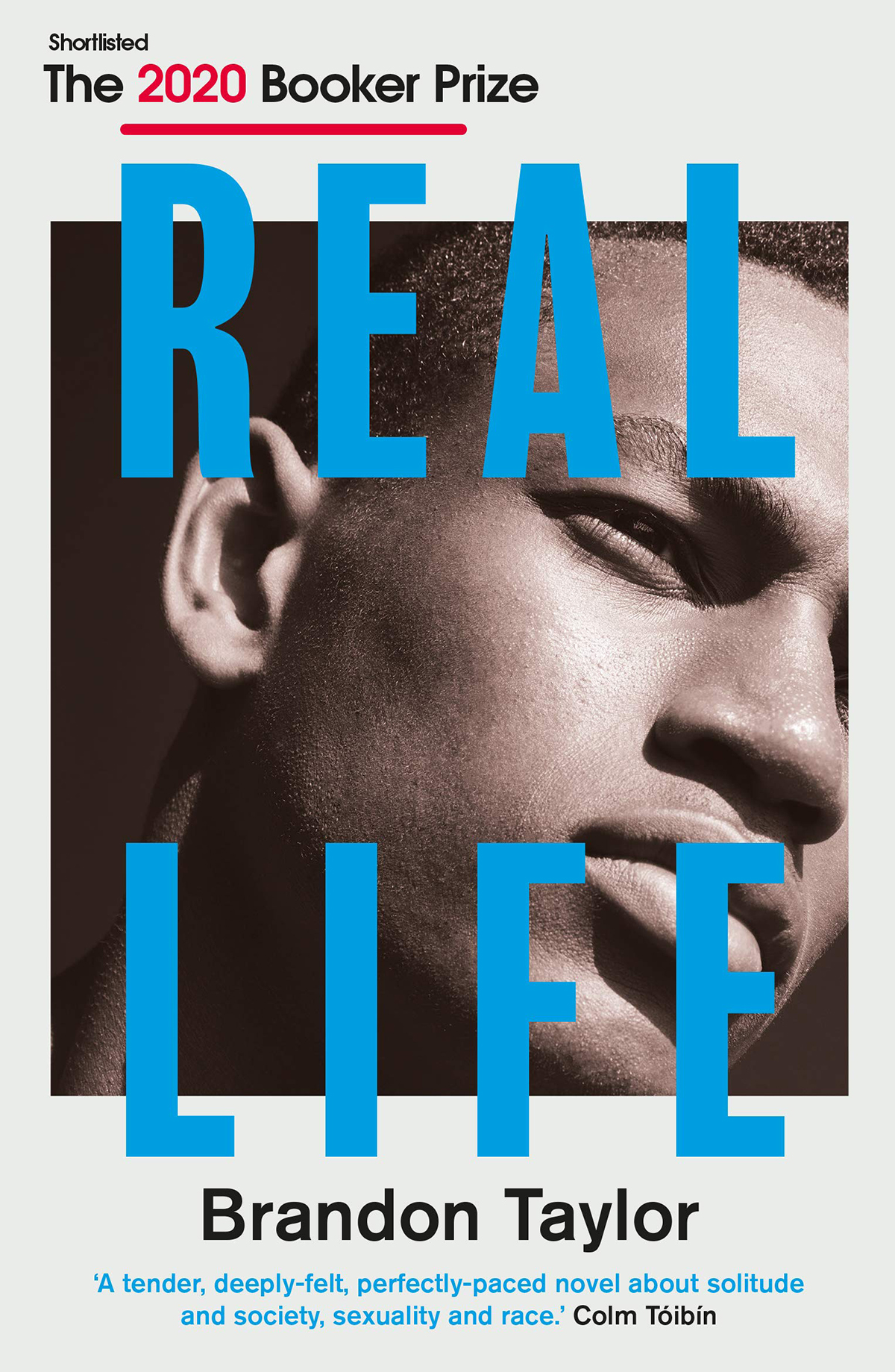
Real Life, By Brandon Taylor, Riverhead Books, pp. 336, $26
In the middle of the novel, in chapter five, Wallace’s tangled and troubled past blows the reader’s minds over like ‘the scent of the damp earth’ that retains, represses and reverts him for all those years to savour his desires in the backdrop of his beleaguered childhood, at first, by a boy, filled up with ‘the bruises between’ his thighs and the feelings of broken necks of birds’ babies in the tub and his failure to retrieve his wholeness; then, by a man of his parent’s friend-cum-paying guest like a death’s face coming back grimacing, climbing, breaking and entering inside his skin and he was ‘shrinking, sinking like a stone… downward through some vast inner ocean.’ But when the revelation time comes, the mother locks him up into a box of guiltiness, humiliation, shame and inferiority. After the white brunching, Miller tries to escape from the weight of false identification as faggot assaults Wallace with his thick and coarse fingers radiating the intense heat and rolling rage that conveys Wallace’s frozen pains and regrets “from the place of highest concentration to the place of lowest concentration.’ The verisimilitude of the cleansing of smashed soul of Jude and empathetic sense of suffering of Willem with an estrogenic inspection by Hanya Yanagihara in A Little Life, another Booker-shortlisted novel in 2015:
He had looked at Jude, then, and had felt the same sensation he sometimes did when he thought, really thought of Jude and what his life had been: a sadness … he would think in the moments. It’s so sad, and yet we all do it. We all cling to it; we all search for something to give us solace.’
In Real Life, Taylor visualizes some vigorous and visceral sex scenes between Wallace and Miller screening the indispensability of human body to transmute our sadness into solace or vice-versa: ‘There was a hitching quality to the way he drew his thump back across Wallace’s lips... The sailing had roughened them, made their texture exciting on Wallace’s skin… salt water, a sea blooming in the brown desert of his body… But beneath the surface of his pleasure there is a vast, rolling rage... lying there like stones as Taylor himself could not forget the first boy, Andrew, he loved and “his raspy voice, and the timbre of his sulkiness … to learn the salvation of silence.”
In Taylor’s extraordinarily personal essays, “When You’re a Queer Person of Color” and “Writing is Tough yet Vital”, he mentions Alexander Chee’s “How to Write an Autobiographical Novel” — extracting “the material of life becomes the material of his art” and “the way it preserves complexity and grows the richer for it.” Though it is widely circulated as a campus novel and as a pitch-perfect illustration of Taylor’s autobiographical queer narrative, to this reviewer it also revealed itself as the story of a real life’s transcendence from recollection to reconciliation: Somewhere towards the end, Taylor writes that “no two parts of a person could be more incompatible’ and Wallace had ‘felt a sense of elation and freedom’ and stopped hoping the legitimacy of ‘being queer and happily single’.
More from The Byword
Comments
*Comments will be moderated



